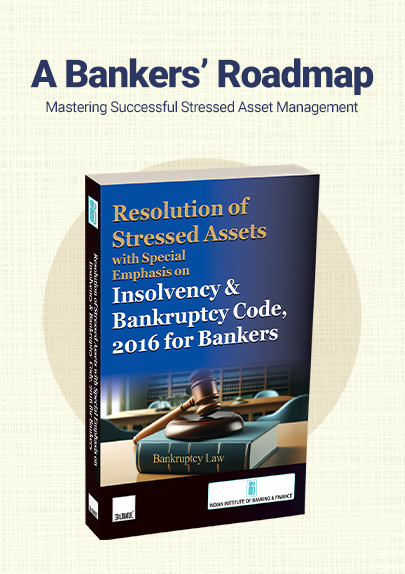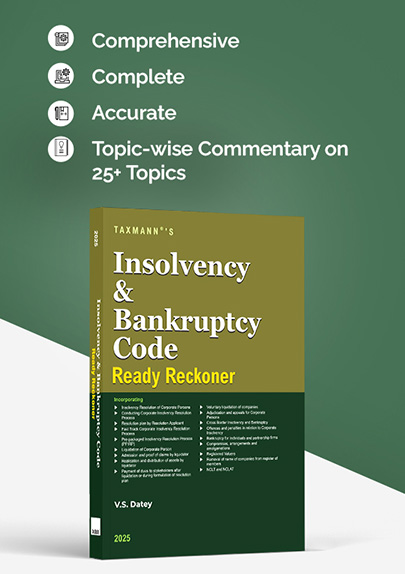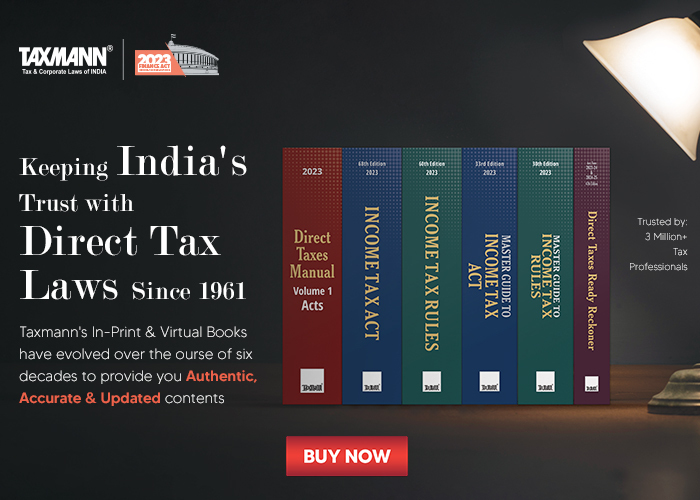Director Involved in Day-to-Day Functions With Knowledge of Cheque Issuance Liable u/s 138 & 141 of NI Act, Upon Dishonour
- Blog|News|FEMA & Banking|
- 2 Min Read
- By Taxmann
- |
- Last Updated on 31 January, 2025
Case Details: Jyoti Siwach vs. State - [2025] 170 taxmann.com 773 (Delhi)
Judiciary and Counsel Details
- Chandra Dhari Singh, J.
-
H.C. Suri & Ms Payal Agrawal, Advs. for the Petitioner.
-
Yudhvir Singh Chauhan, APP, Sonal Anand, Aayush Sai & Ms Surbhi Singh, Advs. for the Respondent.
Facts of the Case
In the instant case, the respondent-company had sold its property to complainant and issued a cheque for refund of sale consideration. However, said cheque was dishonoured on presentation.
Later, the complainant filed complaint under section 138 against company and its directors including the petitioner. The Petitioner filed an instant petition seeking quashing of complaint and summoning order on ground that the petitioner was not involved in day-to-day activities and affairs of company.
It was noted that the petitioner was one of the promoters and director of the company and was responsible for day-to-day discharge of functions of respondent company. Further, it was observed that the petitioner had knowledge of issuance of cheque in question to complainant and had been involved in sale transaction of subject property since initial stages.
High Court Held
The High Court observed that not being an authorised signatory would not absolve the petitioner from liability of commission of offence as long as requisites under Section 138 and 141 were met.
Therefore, the High Court held that the summons were rightly issued against petitioner as a prima facie case was made out under Section 138. Thus, instant petition was to be dismissed.
List of Cases Reviewed
- Indian Oil Corporation v. NEPC India Limited (2006) 6 SCC 736 [Para 18]
- Kusum Ignots & Alloys Ltd v. Pennar Peterson Securities Ltd, 2000 (SCC) Cri 546 [Para 22]
- Susela Padmavathy Amma v. Bharti Airtel Limited, 2024 SCC OnLine SC 311[Para 27]; followed.
List of Cases Referred to
- Indian Oil Corporation v. NEPC India Limited and Others (2006) 6 SCC 736 (para 18)
- Susela Padmavathy Amma v. Bharti Airtel Limited 2024 SCC OnLine SC 311 (para 26).
Disclaimer: The content/information published on the website is only for general information of the user and shall not be construed as legal advice. While the Taxmann has exercised reasonable efforts to ensure the veracity of information/content published, Taxmann shall be under no liability in any manner whatsoever for incorrect information, if any.

Taxmann Publications has a dedicated in-house Research & Editorial Team. This team consists of a team of Chartered Accountants, Company Secretaries, and Lawyers. This team works under the guidance and supervision of editor-in-chief Mr Rakesh Bhargava.
The Research and Editorial Team is responsible for developing reliable and accurate content for the readers. The team follows the six-sigma approach to achieve the benchmark of zero error in its publications and research platforms. The team ensures that the following publication guidelines are thoroughly followed while developing the content:
- The statutory material is obtained only from the authorized and reliable sources
- All the latest developments in the judicial and legislative fields are covered
- Prepare the analytical write-ups on current, controversial, and important issues to help the readers to understand the concept and its implications
- Every content published by Taxmann is complete, accurate and lucid
- All evidence-based statements are supported with proper reference to Section, Circular No., Notification No. or citations
- The golden rules of grammar, style and consistency are thoroughly followed
- Font and size that’s easy to read and remain consistent across all imprint and digital publications are applied






 CA | CS | CMA
CA | CS | CMA


